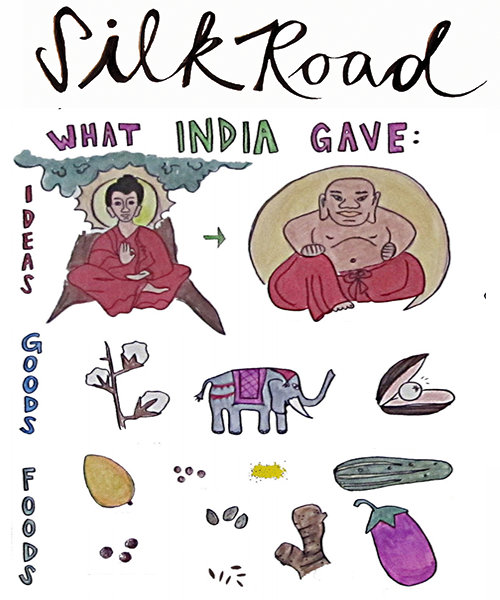-
Basmati rice
-
Coriander seeds
-
Cardamom pods
-
Mustard seeds
-
Black peppercorns
-
Cumin seeds
-
Chili flakes
-
Ground turmeric
-
Vegetable oil
-
Onions
-
Garlic
-
Ginger
-
Curry leaves (optional)
-
Carrots
-
Cauliflower
-
Potatoes
-
Kohlrabi or other seasonal vegetables (optional)
-
Garbanzo beans
-
Coconut milk
-
Cilantro (optional)
-
Salt





